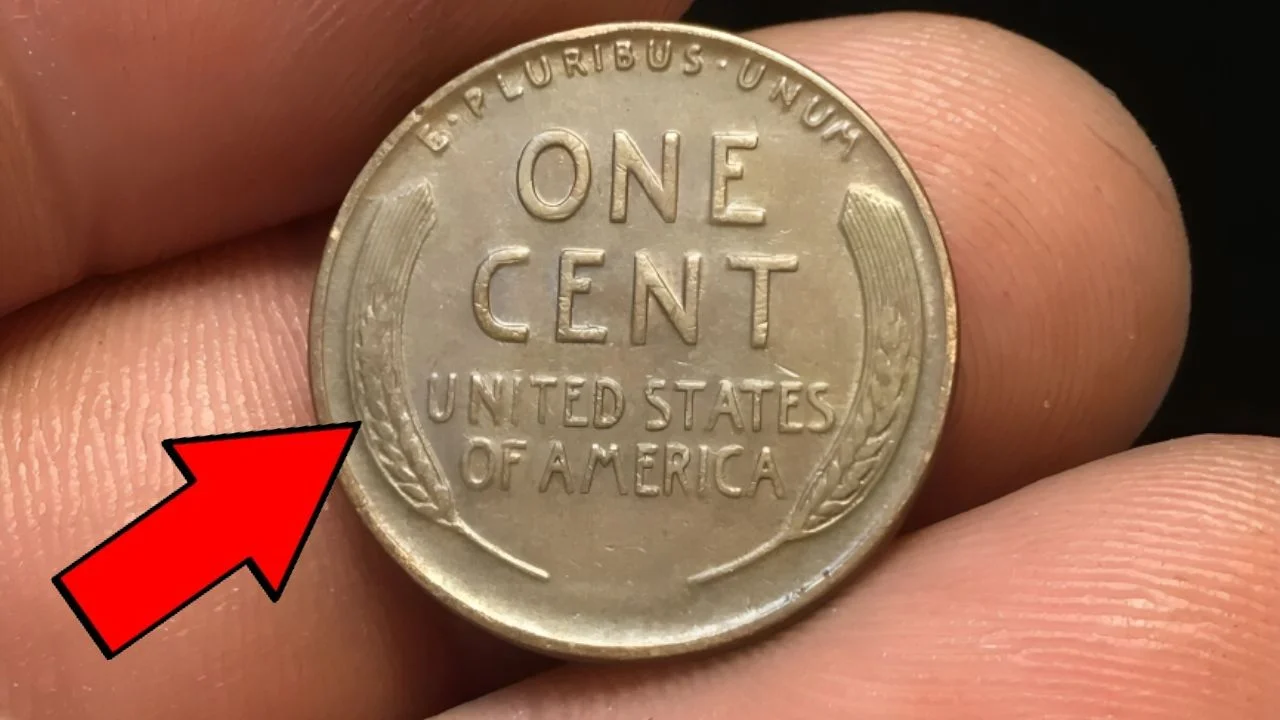The Lincoln Wheat Penny Valued Nearly at $4 Billion, Still in Circulation?
Coins are often overlooked. We pass them around daily, drop them into jars, and sometimes let them gather dust in drawers. But what if one of those ordinary pennies — specifically a Lincoln Wheat Penny — turned out to be worth nearly $4 billion? Yes, you read that right. While it may sound like something out of a movie, coin collectors and experts believe that a super rare version of the Lincoln Wheat Penny could carry an unimaginable value due to its rarity, history, and condition.
This article takes a close look at what makes this penny so special, how you might identify one, and whether such a coin could still be circulating in public hands.
The Origin of the Lincoln Wheat Penny
The Lincoln Wheat Penny was first introduced in 1909 to honor President Abraham Lincoln’s 100th birthday. Designed by Victor D. Brenner, this was the first U.S. coin to feature a real historical figure.
The reverse of the coin showed two wheat ears, symbolizing prosperity — thus earning the nickname “Wheat Penny.” From 1909 to 1958, millions of these pennies were minted. But not all are common.
Some coins from this era, because of low mintage, minting errors, or metal composition, are now worth millions, and according to some speculative reports, one version may even be valued close to $4 billion due to its extreme rarity and historical significance.
Why Is One Lincoln Wheat Penny Believed to Be Worth Nearly $4 Billion?
It might seem unrealistic that any penny could be worth billions. However, value in the world of coin collecting isn’t based on face value — it’s about rarity, condition, demand, and historical importance.
There are whispers in the coin world about a unique Lincoln Wheat Penny with a rare combination of errors and possibly made of the wrong metal during a transitional minting year. If authenticated, such a penny would become a one-of-a-kind collector’s dream, possibly pushing the value into the billions due to auction demand.
Overview Table: Key Facts About the $4 Billion Lincoln Wheat Penny
| Feature | Details |
|---|---|
| Coin Name | Lincoln Wheat Penny |
| Estimated Value | Nearly $4 Billion (rumored, speculative) |
| Notable Years | 1909-S VDB, 1914-D, 1922 No D, 1943 Copper |
| Key Features | Mint errors, rare metal composition |
| Design | Lincoln portrait (obverse), wheat ears (reverse) |
| First Year Minted | 1909 |
| Known Variants | Steel penny (1943), Copper penny (1943 error) |
| Still in Circulation? | Possibly |
| Collectors’ Interest | Extremely High |
| Condition Requirements | Mint state or uncirculated preferred |
Could It Really Still Be in Circulation?
While the odds are low, it’s not impossible. Many people are unaware of the value of old coins. Rare coins have been found in coin jars, estate sales, old boxes, or even as change at the grocery store. If this ultra-rare penny was ever spent or lost, it could still be hiding in plain sight.
There are countless stories of people discovering rare coins worth thousands or even millions in the most unexpected places. So yes, there’s a chance, however slim, that this incredible penny is still out there — waiting to be found.
How to Check If You Have a Rare Lincoln Wheat Penny
Here’s a simple step-by-step guide:
-
Check the Date – Pennies from 1909–1958 are Wheat Pennies. Focus on 1909-S VDB, 1943, and 1914-D.
-
Look for Mint Marks – An “S” for San Francisco or “D” for Denver can mean higher value.
-
Examine the Condition – A shiny, clean coin with no scratches is more valuable.
-
Inspect for Errors – Look for double dies, off-center prints, or unusual colors (like a copper 1943 penny).
-
Get Professional Help – If you think your coin is rare, take it to a coin dealer or send it to a grading service for expert analysis.
What to Do If You Think You Have It
If you believe you’ve found something special, the first rule is: do not clean it. Cleaning a coin can damage it and reduce its value.
Instead, place it in a soft cloth or a plastic holder and have it looked at by a coin expert. Even if it’s not the $4 billion one, some rare pennies can still bring in thousands or hundreds of thousands of dollars.
Frequently Asked Questions (FAQs)
1. Why is the Lincoln Wheat Penny so valuable?
Some Lincoln Wheat Pennies were minted in small numbers, while others were struck with errors or made with unusual materials. Collectors value rarity and uniqueness — which pushes the price higher.
2. What year is the most valuable Lincoln Penny?
The 1943 copper Wheat Penny is one of the most famous and valuable. However, the rumored nearly $4 billion version is believed to be a unique error coin, possibly never properly documented.
3. How can I sell a valuable coin if I find one?
You can visit a certified coin dealer, sell it through an auction house, or list it on reputable collector websites. Always have it authenticated and graded first.
4. Are there any modern coins worth collecting?
Yes! Even modern coins can have errors or limited releases that make them valuable. It’s always worth checking your pocket change for unusual features.
5. Can a coin actually be worth billions?
While extremely rare, it’s possible. If a coin is truly one-of-a-kind with historical significance, and there’s enough demand from collectors and institutions, the bidding could drive the price into the billions. But such cases are incredibly rare and often based on speculation.
Final Words
The idea of a Lincoln Wheat Penny being worth nearly $4 billion may sound far-fetched, but in the world of rare coins, anything is possible. What makes coins special isn’t just their age — it’s their story, rarity, and uniqueness.
Whether or not this ultra-rare penny is ever found, the buzz around it reminds us to pay closer attention to the small things, like the change in our pockets. Because sometimes, something worth billions could be hiding in plain sight.


